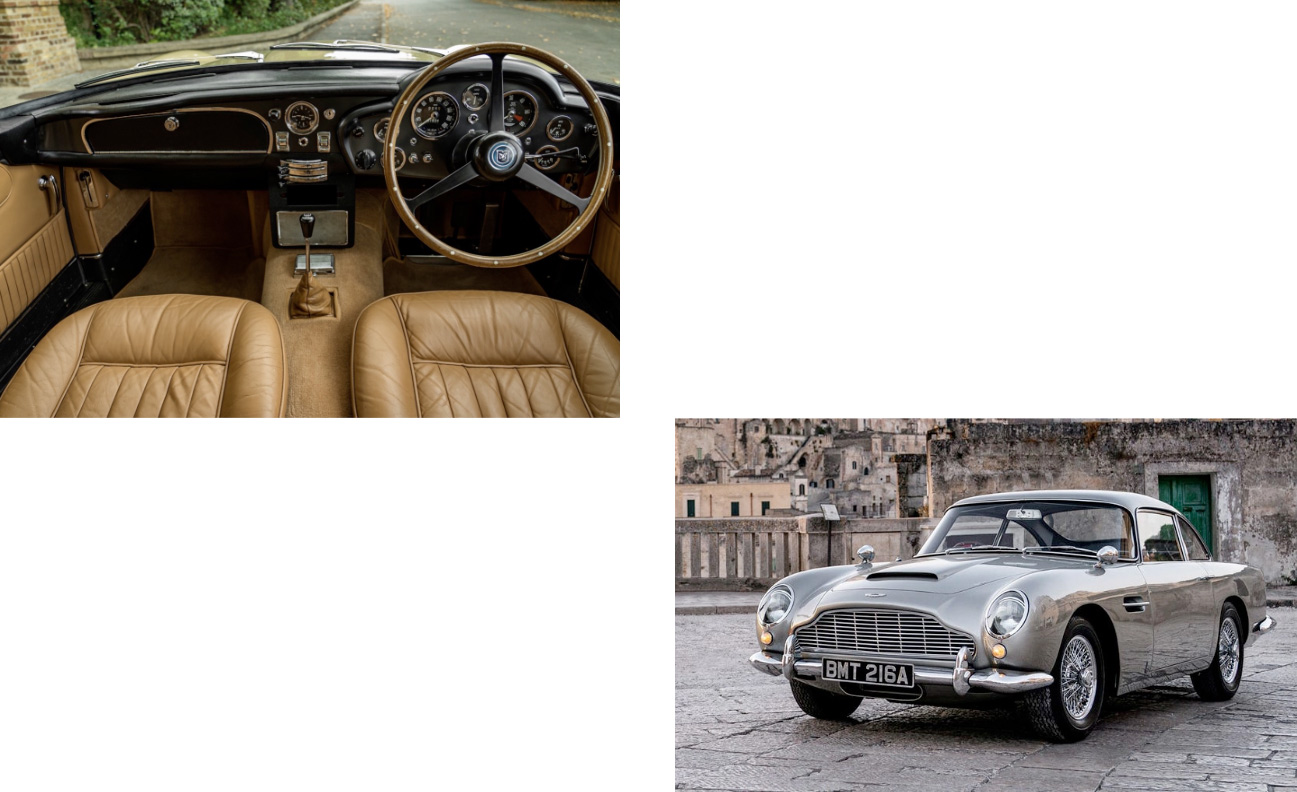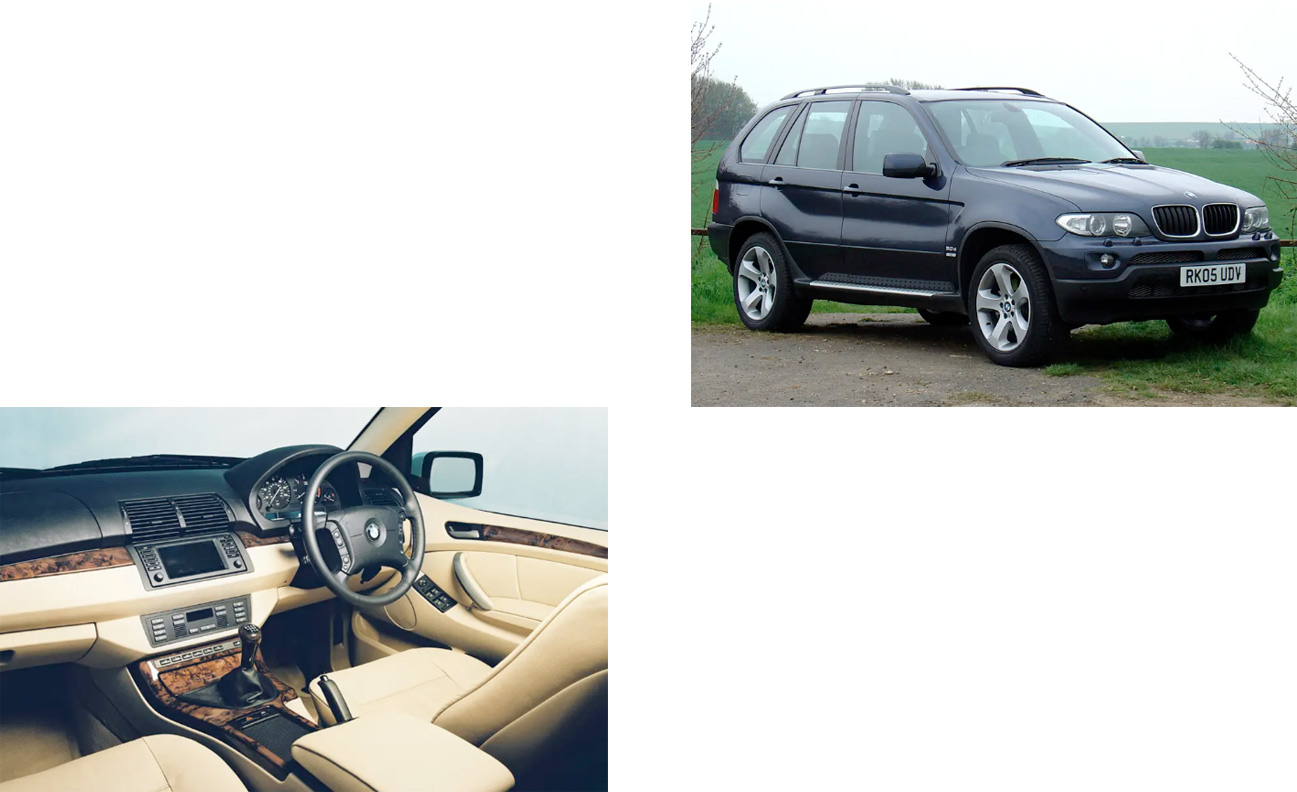My love for fine vintage cars started when I was young. Growing up around them, I suppose that was inevitable. We had all kinds over the years, from the behemoth 1964 Pontiac Tempest to the adrenaline-pumping 1987 Trans-Am, and the MG Midget (true to its name).
We would enter some of them in car shows and constantly spend time at these events on the weekends. I wouldn't have wanted to spend my Saturday any other way. As a kid, I loved American classics like the GTO, the Mustang, and the Chevelle. But now that I’m older, my palate has changed—there's a certain understated beauty in classic European cars that I’ve grown fond of.
Like American muscles, many Euros are adrenaline-pumping. Take, for instance, the BMW M5 or the Jaguar E-Type. But they are about more than speed. The attention to small details inside and outside of each model was something really special in Germany and Britain. Classic European cars were thoroughly engineered, and designs weren’t put together to be hyper-masculine—they were designed to be works of art in their own right.
It takes more effort to build cars like this. Craftsmanship in design and engineering must be placed over the ability to produce them in mass quantities and sell them fast. Culturally, through the mid-century to the 1990s, I think this is an important point. America was focused on producing enough cars to drive the entire world, even with their luxury lines. Luxury European manufacturers were more interested in building cars that weren’t necessarily for everyone to drive.
A great example is a classic we all know: the Aston Martin DB5. The “James Bond car” wasn’t built to drag race. In fact, it’s quite slow by modern standards, clocking 0 to 60 mph in 8 seconds. It isn’t muscular or large. And, unlike Mr. Bond’s model, it didn’t come standard with machine guns or an ejector seat. So, why was it chosen as the Bond car?

The DB5, like Mr. Bond, is enigmatic. There is more to it than what meets the eye (though the DB5 is very easy to look at). It didn’t need massive hood scoops or a roaring engine. It didn’t need chiseled body features. Instead, it speaks for itself through the refined driving experience, the small details, and the elegance of the design. To understand its true character, you have to get behind the wheel and drive it. I believe this is where American classics and European classics diverge.
Many European auto companies have lost their way on this front, sacrificing refinement for efficiency, but the focus on the driving experience is still there. This is why the BMW X5 was created. It’s not a Euro classic, but the spirit in which it was developed was classic. The X5 was the first of its kind for BMW. Until the X5, BMW focused on mostly sedans, coupes, and wagons. They also arrived late to the party, as most other luxury car manufacturers were adding SUVs to the lineup.
But BMW did something different with theirs: They wanted to create the first SUV that drove like a car. The end result was exactly that—an impressive engineering and design feat. Upon release, BMW actually boasted that it was shorter than their 5 series sedan. Despite this, it still felt like an SUV, with seats perched in a high, commanding position and plenty of room in the cabin. Why build it this way? To accomplish their goal of building an SUV for drivers.

It handled like no other SUV on the market. It was fun to drive. It felt like a classic BMW. That magic launched BMW into eventually leading all others in the segment.
The X5s of today are quite a bit larger and heavier, weighing nearly as much as a Chevy Tahoe. They are filled with “electrified” features. The design is also a lot less subtle, as is the case with many European luxury cars now. But the driving experience is still there, true to the BMW brand.
Classic European automotive ideals have been diluted in terms of design and functionality, but manufacturers on that side of the Atlantic still work diligently to make sure the driving experience is incomparable. Maybe one day BMW, Audi, Jaguar, and others will fully return to their roots. Until then, we can appreciate what once was.
Nick Lindquist is a Strategist at Beck & Stone. Born and raised in New York, he now lives in Fort Worth, Texas.